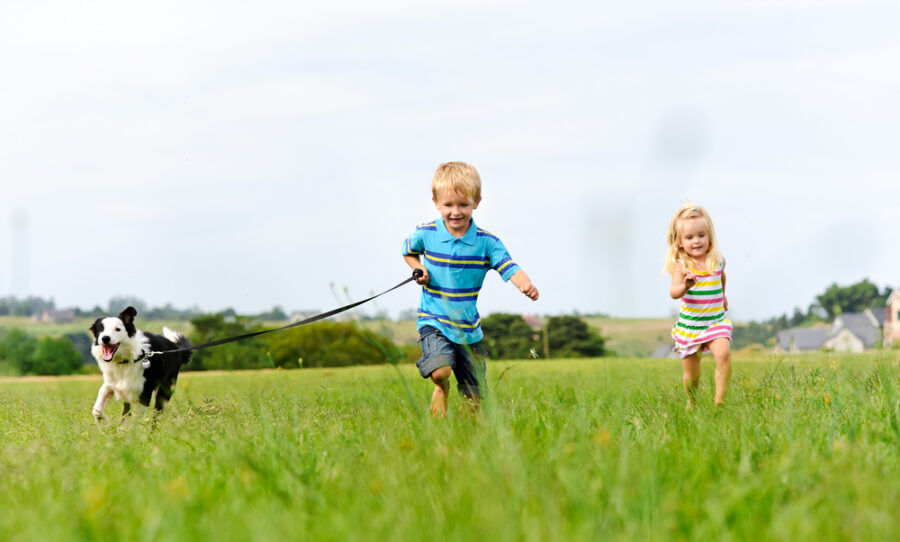A recent study investigating dog-facilitated physical activity in children shows promising results.
Two-thirds of children in the US do not meet the National Physical Activity Guidelines, which puts them at higher risk for negative health outcomes. This alarming statistic underscores the urgent need for effective interventions to increase childrens physical activity (PA). One promising avenue is dog-facilitated PA, such as dog walking and active play. Dogs support many of the known correlates of childrens PA, making them ideal facilitators for these interventions.
However, to effectively leverage this potential, we need accurate methods to quantify dog-facilitated PA. A recent study aimed to determine the feasibility and acceptability of a novel method for quantifying the volume and intensity of dog-facilitated PA among dog-owning children.
Study Dynamics
For seven days, 12 children (mean age of 7.8 years) and their dogs wore ActiGraph accelerometers with a Bluetooth proximity feature. Parents also logged their childs PA with the family dog(s). The researchers calculated the total minutes of dog-facilitated PA, and the percentage of overall moderate to vigorous PA the children performed with their dogs each day.
Positive Findings
The results of the study were promising, with 100% retention, valid device data (at least four days with more than six hours of wear time), and completion of daily parent logs and questionnaire packets. On average, dog-facilitated PA contributed 22.9% (9.2 minutes) and 15.1% (7.3 minutes) of overall daily moderate to vigorous PA, respectively, according to Bluetooth proximity data and parent reports.
These findings demonstrate the feasibility of using an accelerometer with a proximity feature to quantify dog-facilitated PA in children. This method could be a valuable tool for future research, which should involve a larger, more diverse sample to determine whether dog-facilitated PA makes a clinically significant contribution to overall PA in dog-owning youth.
Insights for Veterinarians
Veterinarians play a crucial role in promoting the health and well-being of both dogs and their owners. By understanding the potential of dog-facilitated PA, we can educate and encourage our clients to incorporate their canines into their childrens physical activities. This not only benefits childrens health but also strengthens the bond between them and their dogs, promoting a healthier and happier life for both.
Dogs are not just pets; they can be instrumental in improving the physical health of children. As we continue to explore this potential, we may find that the key to tackling childhood inactivity could be sitting right beside us, wagging its tail.







